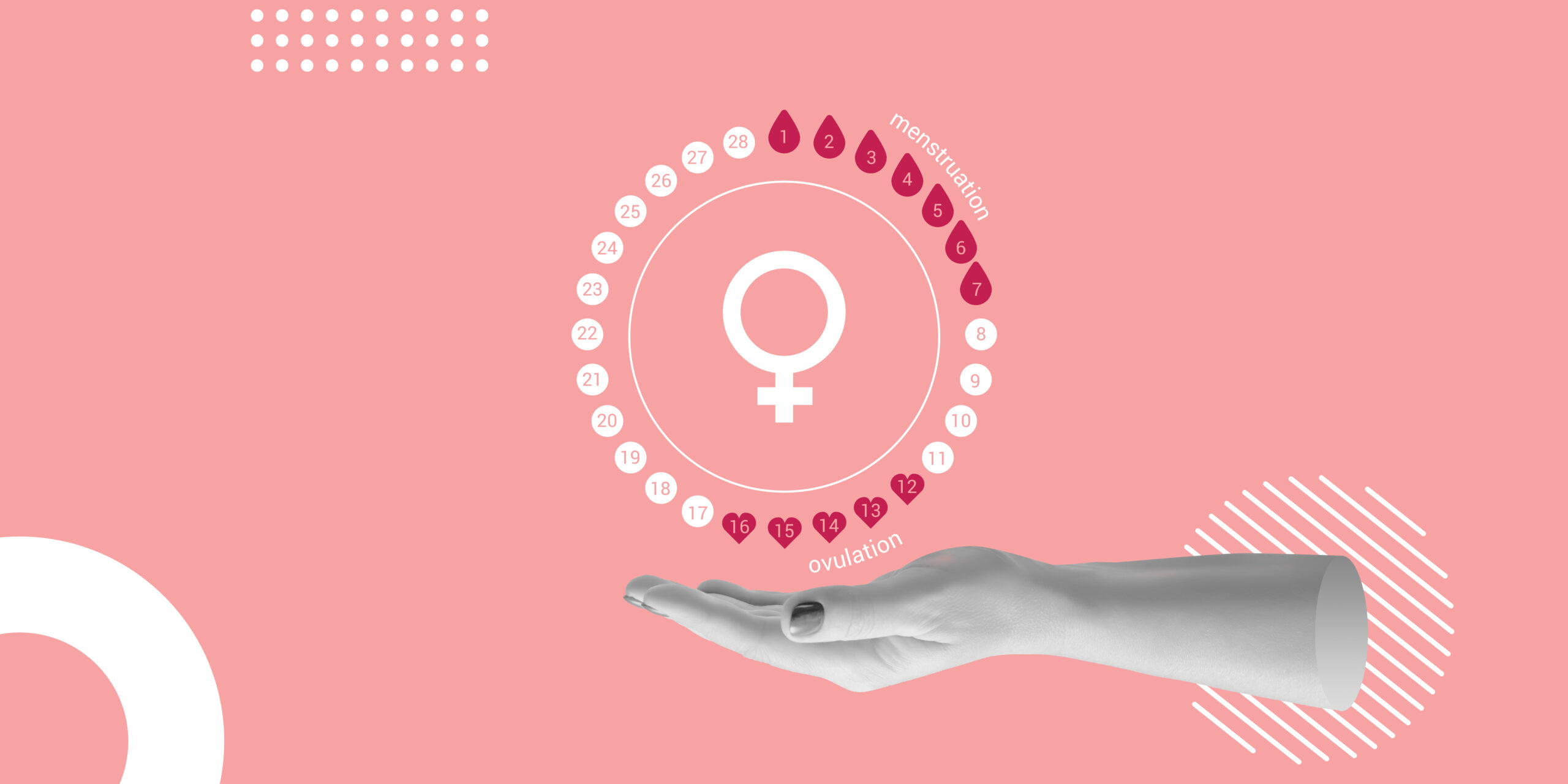Almost everyone has heard of hormonal birth control and intrauterine devices for women. Fertility awareness-based methods (FABM), however, are not often discussed. FABM involves the monitoring of different bodily signs, or biomarkers, to indicate ovulation, which ultimately helps women achieve or avoid pregnancy.
A study published in the Journal of Women’s Health indicated that cycle monitoring was an effective and noninvasive method to achieve pregnancy. These methods also have been shown to be comparable with barrier methods, like condoms. FABM users who used the TwoDay method to avoid pregnancy experienced a 14% annual rate of unintended pregnancies, which was similar to the rate of 18% for condoms, both with typical use (typical use means there is some lack of consistency or incorrect usage, whereas perfect use is always correct and consistent).
The menstruation cycle is around 24 to 38 days in every woman of childbearing age. The cycle is calculated from the first day of a female’s previous menstruation to the first day of the next menstruation. There are four phases of the menstrual cycle (in chronological order): menses, follicular phase, ovulation, and luteal.
Menses, also known as menstruation or a “period”, lasts from 2 to 7 days. In the follicular phase, estrogen levels rise to thicken the lining of the uterus during days 6-14. Follicle-stimulating hormone (FSH) levels also rise to stimulate egg (9r “follicle”) maturation in the ovaries from days 10-14. On day 14, luteinizing hormone (LH) levels increase, causing the mature egg to be released from the ovary (ovulation). In the last phase, the luteal phase, the egg travels through the fallopian tube, and progesterone levels rise to thicken the lining in the uterus in preparation for pregnancy between cycle days 15-28. Pregnancy occurs when the sperm meets the egg in the fallopian tube, which can only take place from 5 days before ovulation to 24 hours after ovulation.
Fertility awareness-based methods can provide assistance with achieving or avoiding pregnancy.
Image Source: FatCamera
During these phases, the body exhibits signs such as an increase in basal body temperature, cervical mucus secretions, and urinary hormone detection. Basal body temperature is measured when your body is at rest and is taken immediately after waking up before getting out of bed. The increase in body temperature is due to the rise in progesterone after ovulation, where an increase of 0.5 °F indicates that ovulation has occurred. Three to four days before ovulation the developing egg will also secrete estradiol, increasing the production of cervical mucus that creates an optimal environment for sperm. The presence of thick and egg-white mucus can indicate a female’s fertile window. Lastly, estrogen and LH monitoring in urine can also help identify the phase of a woman’s cycle since estrogen levels rise before ovulation and LH triggers ovulation.
Even though FABM is a great way to learn about your body as a female, it is important to know that FABM does not protect against sexually transmitted diseases. If you are interested in learning more about these methods and employing these methods to either achieve or avoid pregnancy, please reach out to a certified professional.
Featured Image: LariBat










